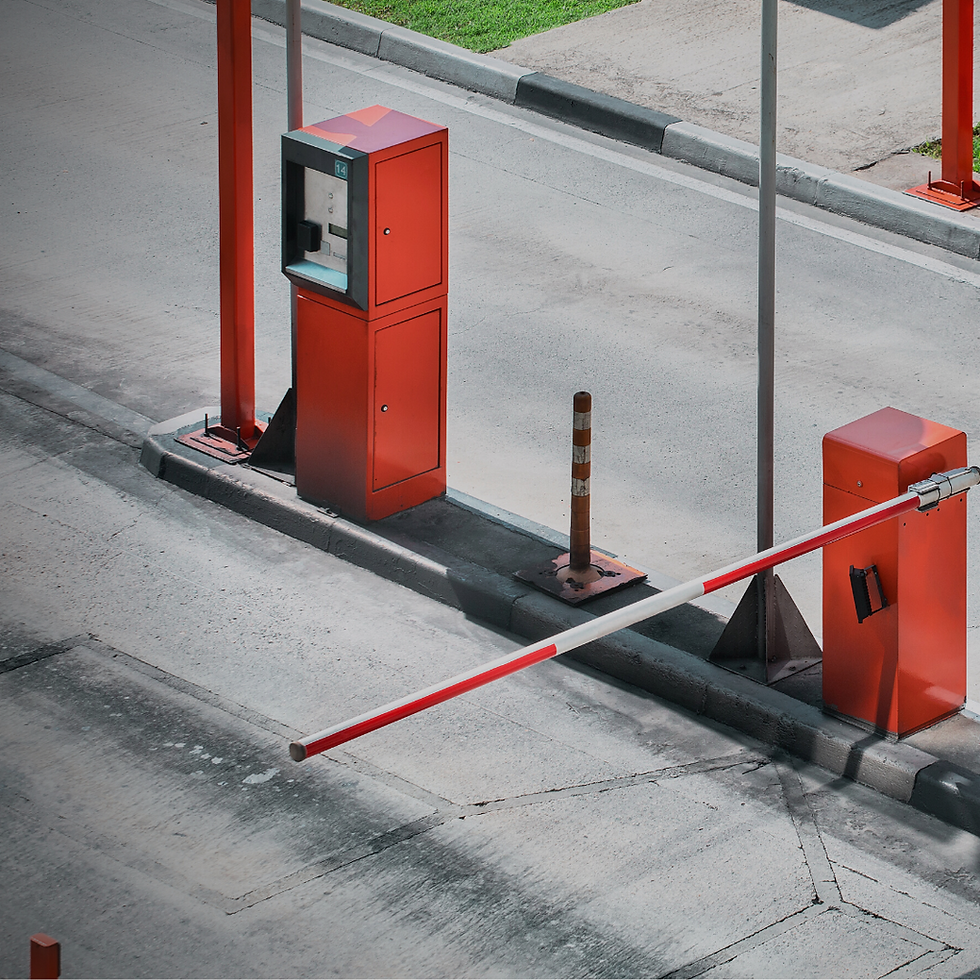Electric Vehicles are Changing How We Park
- Nate Ferraco

- Mar 2, 2023
- 3 min read
Updated: Jan 6, 2025

Electrical Vehicles are becoming increasingly popular around the country. This is due to their many benefits, such as lower emissions, reduced fuel costs, and quieter operations. However, more EVs on the roads and in parking lots means a change in our parking infrastructure. It’s important to make sure our policies keep up with the demand for EV charging stations. Here are the trends we’re seeing when it comes to creating an effective EV policy.
Communication
One of the most important things that companies can do to support EVs is to create clear policies for parking and charging. It's essential to ensure that drivers are aware of the policies. This means less headache when it comes to enforcement. Many universities, like UC San Diego and San Diego State University, share their policies on their website.
Payment stations in garages or parking lots or an app, can also help communicate policies. These payment stations can share how many hours their car can be parked and what time they need to move. This ensures that there are enough charging spots for everyone. The City of Los Angeles offers three ways to communicate: Mobile App, Payment Kiosk, or Phone Calls.
Enforcement
Enforcement is an essential aspect of any parking infrastructure. Because charging stations are not in abundance (yet) you need to regulate how long a car can remain parked in a charging spot. The most common regulation we’re seeing is enforcing time limits.
The University of Arkansas shares their policy: “Vehicles must be actively charging. Time limit is three hours. The cost for the first three hours is $2.85 per hour. After a 30-minute grace period, the charge increases to $5.38 per hour charged to their ChargePoint account.”
The University of South Florida explains the time limit policy for their campuses: “Four hours is the maximum time to charge. This is based on the average miles that a level 2 can charge (12-14 miles per hour) in a four-hour span and the distance to all our two other campuses. Also you must be actively charging. Meaning you can ‘t charge for 3 hours and sit in the space for another hour.”
When the time limit is met, several places have a 20-30 minute grace period. After that, they receive a citation. Due to this, there are few places that have EV specific permits. Cities find that having a time limit with a possible citation is more effective
Creating Your Policy
Developing your own policy is a bit of trial and error but always ensure it’s accomplishing your end goal. Important questions to ask yourself when creating your policy are:
How do you currently communicate with parkers? Will it need to change for Electric Vehicle drivers?
What EV charging infrastructure do you have now? What will you need? Level 1, 2 or 3?
How will you adapt your current parking system for charging stations? Who and how will you manage payment? Will parking tech need to integrate with EV Charging tech?
Electric vehicles have the potential to revolutionize transportation. To fully realize their benefits, we must create parking rules and structures that support their unique needs. Implementing EV charging stations and permits, enforcing time limits, and installing payment stations in garages are a few ways that we can support the growth of EVs. By creating policies that are clear and easy to communicate, we can help to promote the adoption of EVs and create a more sustainable future.
Contact iParq to learn more information, or give us a call at (805) 963-9400.



Comments